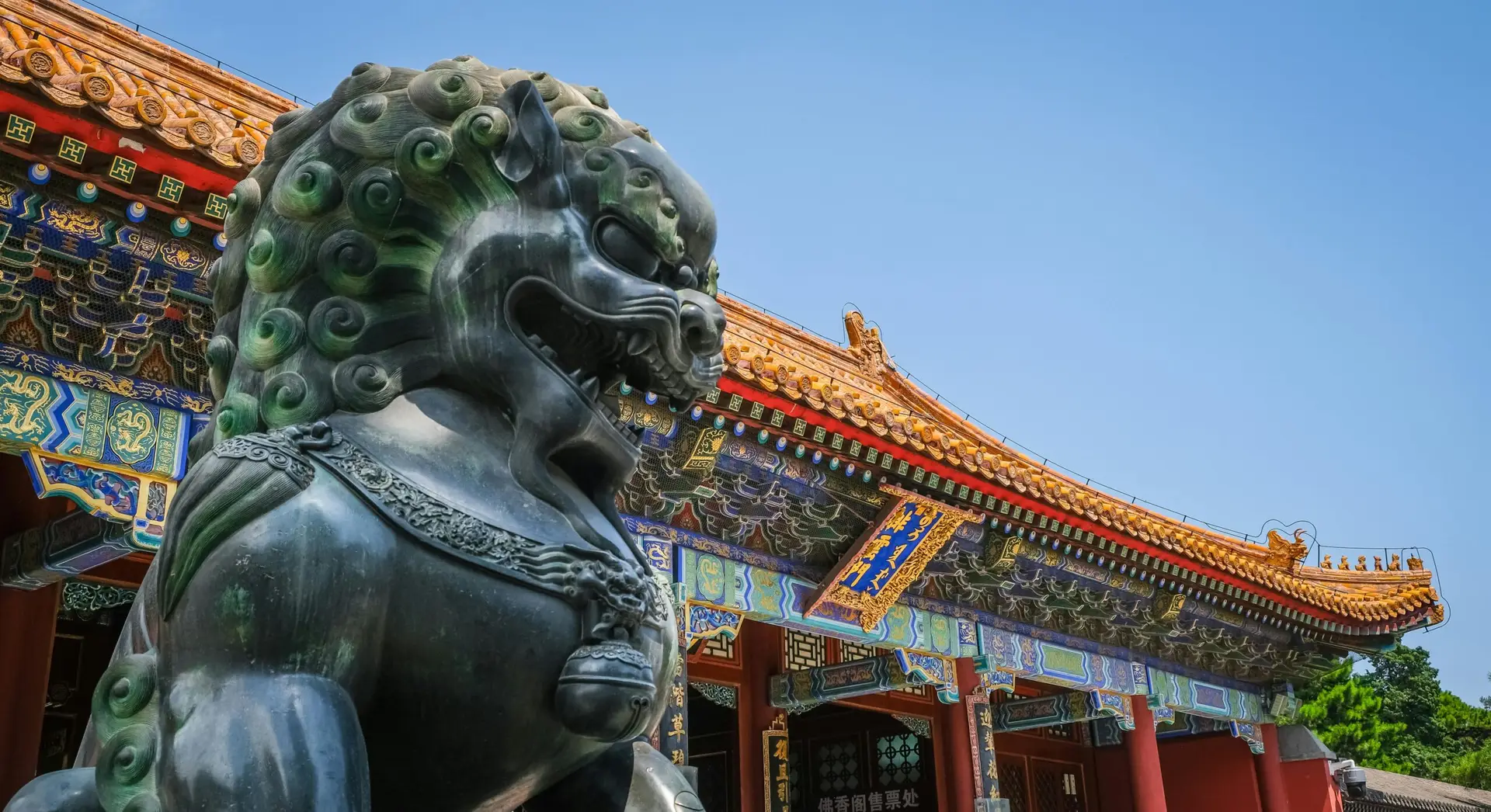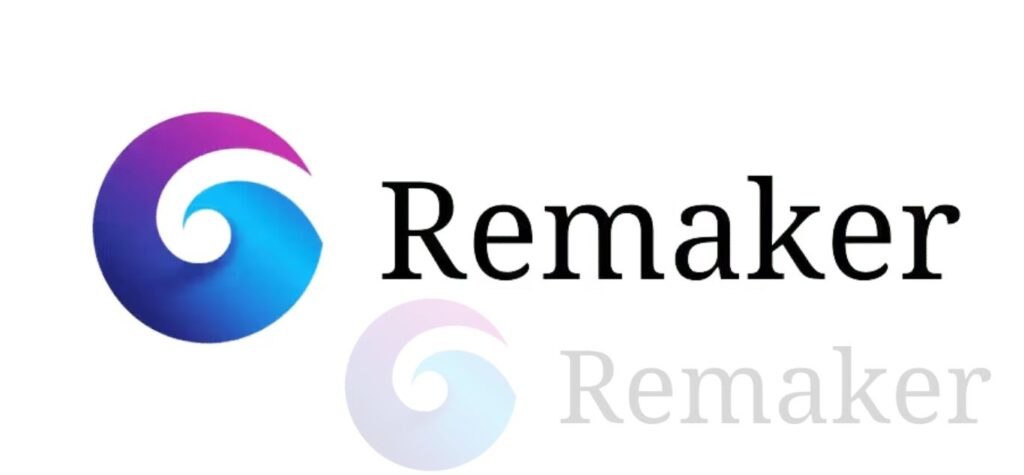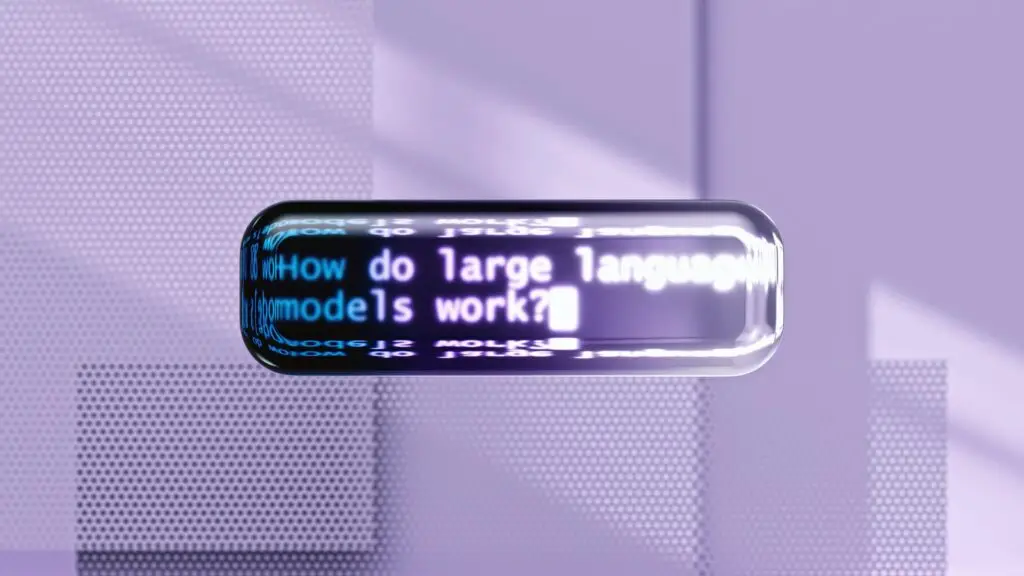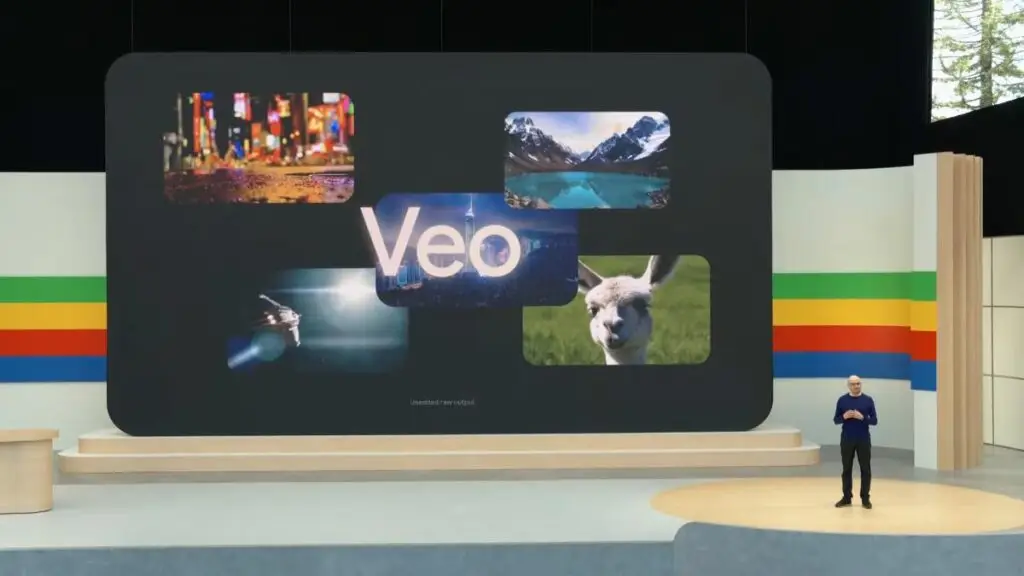Now Reading: The Dragon Awakens: 3 Chinese AI Innovations Set to Rival Silicon Valley in 2025
-
01
The Dragon Awakens: 3 Chinese AI Innovations Set to Rival Silicon Valley in 2025
- Home
- Web Stories
- The Dragon Awakens: 3 Chinese AI Innovations Set to Rival Silicon Valley in 2025
The Dragon Awakens: 3 Chinese AI Innovations Set to Rival Silicon Valley in 2025
Pradip ChavanWeb Stories, AI3 days ago336 Views

China’s AI revolution is here: Unveiling ERNIE Bot, Kimi Chat, and Vidu as key players reshaping the tech race worldwide. Discover how these innovations are reshaping the future of artificial intelligence.
For years, Silicon Valley wrote the rulebook for artificial intelligence. OpenAI, Google, and Meta once stood as the dominant forces, steering the direction and shaping the limits of generative AI innovation.But a new chapter is being written—and this time, the ink flows from the East.
China has entered the AI race not as a follower, but as a formidable innovator. Backed by massive government funding, unmatched data access, and an intensely competitive local market dubbed the “hundred-model war,” Chinese tech giants are moving beyond imitation to lead the charge in key AI domains.
This isn’t merely about tech bragging rights—it’s about reshaping global power dynamics in a field that touches everything from how we work to how we create. Let’s dive into three of the most powerful AI tools emerging from China in 2025 that could challenge, and even surpass, their Silicon Valley counterparts.
- ERNIE Bot by Baidu: China’s All-in-One AI Powerhouse
If Google’s Gemini is the digital mind of its ecosystem, then Baidu’s ERNIE Bot—short for Enhanced Representation through Knowledge Integration—is China’s bold answer. Far from being “just another chatbot,” ERNIE is a strategic cornerstone embedded deep within Baidu’s expansive tech empire.
What Sets ERNIE Apart?
ERNIE 4.0, the model’s most advanced version, launched in late 2023 and has evolved rapidly ever since. Baidu’s CEO, Robin Li, claims its reasoning abilities now match those of OpenAI’s GPT-4—a lofty comparison, but not without merit.
ERNIE’s true strength lies in how seamlessly it connects with Baidu’s broader infrastructure: search engines, cloud services, autonomous vehicles, and smart devices used by hundreds of millions.
Why ERNIE Is a Threat to Silicon Valley’s Reign
- Search with Intelligence:
ERNIE is deeply integrated into Baidu Search. It doesn’t just fetch links; it generates real-time summaries, insights, and answers—mirroring Google’s SGE (Search Generative Experience) but finely tuned for Chinese users. - Fluent in Culture and Language:
Trained on rich Chinese data—from classical literature to modern slang—ERNIE captures nuances Western models often miss. More than just accurate wording, it reflects the deeper cultural context - Tailored for Enterprises:
Through Baidu’s Qianfan Cloud, ERNIE powers tools for content creation, code generation, and deep data analysis in sectors like finance, manufacturing, and logistics.
How It Compares
ERNIE Bot is arguably the closest China has come to building a Gemini-class model. Both are embedded in vast search engines and connected to powerful cloud platforms. While Google’s global reach is unmatched, ERNIE’s dominance in the massive Chinese market gives it strategic depth.
- Kimi Chat by Moonshot AI: Memory Beyond Measure
Not all innovation comes from tech giants. Moonshot AI, a young but ambitious player, is making waves with Kimi Chat, a model that challenges a core limitation of current large language models—short memory.
What Makes Kimi Chat Revolutionary?
Kimi’s defining trait? Its mind-blowingly long context window. While models like Claude 3 and GPT-4 handle up to 200,000 tokens, Kimi began with 200,000 Chinese characters and has now scaled to process a staggering 2 million characters at once.
What This Enables
- Full Book Analysis:
Upload entire novels—yes, even something as complex as The Three-Body Problem—and ask for in-depth thematic or narrative insights. - Financial Deep Dives:
Businesses can drop years of annual reports into Kimi and get clear, contextual financial analysis across timeframes. - Massive Code Review:
Developers can paste full repositories for bug detection, optimization, and architectural feedback—all in one go.
Why It Matters
This feature doesn’t just make Kimi “smarter”—it redefines what AI can be used for. The ability to maintain long-term coherence across massive data sets opens doors to entirely new use cases in research, law, coding, and enterprise data science.
Silicon Valley’s Response
While OpenAI and Anthropic are also working toward longer memory, Moonshot AI’s execution and speed prove that China’s startups can carve out technical niches faster—and more effectively—than their Western rivals.
- Vidu by Shengshu emerges as China’s cinematic response to OpenAI’s Sora.
When OpenAI revealed Sora, its text-to-video model, it stunned the world with crisp, coherent, and imaginative clips. Many thought it would be years before anyone else could catch up.
It took China just two months.
In April 2024, Shengshu Technology, in collaboration with Tsinghua University, launched Vidu, China’s first direct response to Sora.
What is Vidu?
Vidu is a generative video AI model powered by a unique “Universal Vision Transformer (UVT)”—an architecture that blends diffusion and transformer techniques to bring text to life in motion.
Key Strengths
- 1080p Realism:
Vidu produces high-definition, 16-second videos that maintain consistent object integrity, character movement, and environmental physics. - Cultural Storytelling:
From ancient pagodas to bustling Beijing streets, Vidu captures distinctly Chinese aesthetics and narratives—positioning it as a powerful tool for regional creators. - Unbelievable Speed of Development:
Its swift release post-Sora proved that China isn’t just watching global breakthroughs—it’s racing to match and outpace them.
East Meets West in Video AI
While OpenAI may have had the first-mover advantage, Vidu shows that China has the research power and creative vision to go toe-to-toe at the edge of AI’s most complex frontier—generative media.
China’s AI Momentum: The Bigger Picture
ERNIE. Kimi. Vidu.
These aren’t one-offs. They represent a vast and coordinated surge in China’s AI capabilities—fueled by billions in funding, data supremacy, and relentless competition. The Chinese government’s strategic prioritization of AI only accelerates this momentum.
But it’s not all smooth sailing. Global expansion is challenged by concerns over surveillance, data privacy, and regulatory differences. Western AI companies still lead in transparency, open-source collaboration, and international trust.
Yet, the AI map is redrawing itself. Silicon Valley is no longer the sole capital of innovation. As the world transitions into a multipolar AI era, China’s influence is no longer on the horizon—it’s already here.
Frequently Asked Questions (FAQ)
Q1: Is Chinese AI better than American AI?
Not necessarily better, but definitely competitive. U.S. models like GPT-4 often perform better in English and have broader international support. However, tools like ERNIE (for Chinese language tasks), Kimi (with ultra-long memory), and Vidu (for text-to-video) showcase how Chinese AI is leading in specific, high-impact domains.
Q2: What is the most important AI tool in China?
Baidu’s ERNIE Bot holds the largest influence due to its deep ecosystem integration and broad user base. Other contenders include Tencent’s Hunyuan and Alibaba’s Tongyi Qianwen.
Q3: Can users outside China access these tools?
It varies. Kimi Chat is accessible via its global-facing website, but full features of ERNIE Bot may require a Chinese phone number or be limited to domestic users. International access is expanding but remains a work in progress.
Q4: Are there ethical concerns with Chinese AI tools?
Yes, particularly around data privacy, government oversight, and censorship. These issues can hinder global adoption and trust, especially in markets with strict data protection laws like Europe or California.
Final Thought: The Dragon Has Awakened
AI’s future isn’t confined to a single coast. As China’s AI tools evolve from imitation to innovation, the global landscape is being redrawn in real time. The next generation of AI breakthroughs might just speak Mandarin—and they’re already listening.













